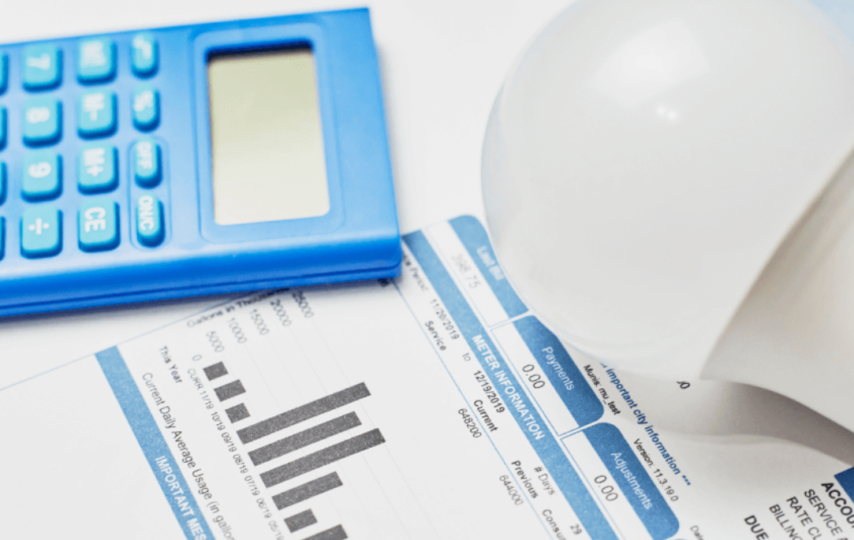Many utility companies have effective and innovative ideas for using modern technology. But there is one problem – they face the challenge of changing those ideas into logical initiatives that can, in turn, deliver good results. Therefore, they need to invest in smart utility solutions, analytic capabilities, and other IT architecture to help them unlock and develop business insights from the available data.
What Smart Utilities Are
They refer to water, electricity, and gas companies using connected sensors in their grids to improve efficiency in delivering quality services and analyzing operations. Usually, they use IoT to connect devices and integrate new technologies to streamline their business operations. These companies have worked with different discrete systems for years but prefer to handle account management, billing, and distribution using separate tools. Unlike other tools, smart utility tools and solutions are connected, helping in usability and efficiency.
How Do They Work?
Smart utilities often depend on a few types of technological advancements. For instance, a smart meter uses a sensor to transfer data from the meter to a gateway. Every gateway gathers data from a smart meter in a given area and then carries it to software applications. In some situations, these applications transmit commands, too, to specific meters. This network of IoT (Internet of Things) depend on connectivity. Without this connection, applications, gateways, and devices won’t be able to communicate. However, smart utilities already have connectivity needs, plus, they use different solutions.
Challenges Affecting Smart Utilities
As the cities expand and the global population grows, people still yearn for gas, water, and electricity. Managing all these resources has also become important as utility providers seek ways to minimize waste and optimize their business operations. This growing demand and the Ukraine-Russia war increase the energy crisis. Now with many countries trying to navigate uncertainties around supply and price caps, management of smart utilities is becoming more important than ever. The World Bank predicted the rise of energy prices in 2022, and that came to pass, right? That came at a time when energy was under pressure of meeting sustainable objectives at more reasonable costs. This indeed put the shortcomings of outdated systems to a test, and now the future of all smart utilities is set on course.
The Role Smart Utilities Play in the Digital Transformation
Smart utilities have several benefits. First, it revolutionizes management of resources by optimizing allocation of important resources and driving a change towards more sustainable practices. Last but not least, it improves how businesses respond to different market demands, making them gain a competitive edge and adapt to competition in the industry. This impact resonates across different operations of businesses, introducing the culture of sustainability and innovation.`
Creating Smart Solutions for Infrastructures
In the utility industry, aging infrastructures can result in leakage, load/quality control issues, increased costs of management, and inefficient voltage regulation. Companies must elevate existing AMR and AMI technologies to a more advanced level through smart solutions. They may make disruption of systems more efficient, resilient, and responsive through SIS solutions that combine several hardware, software, and data technologies for great insights. Greater input costs as well as stretched supply lines also push utilities to adopt SIS and let that transformation happen across the chain. But through integrated and optimized SIS, businesses can achieve their goals, which may include outage restoration/mitigation, predictive maintenance, water leakages, and fraud/theft detection.
The Best Solutions
Digital transformation has already occurred across different industries, including the utility industry. Thanks to that, we’ve seen workflow processes, project management, and traditional models and systems in electrical networks, retail supply, distribution, and power generation shifting towards this digital transformation. But the question is – what is the catalyst behind this shift? You know the answer – smart utility solutions. The future is now, so seize that opportunity to maximize revenues, protect assets, and optimize service. With solutions like the following, you can apply digital intelligence across your business operations:
- Meter Monitoring
Today, the utility sector uses different metering solutions for electricity, gas, and water. Through IoT, you can bill and monitor power consumption accurately without making any mistakes. The technology can also help you track consumption data in real-time through a smart meter. This smart meter mostly adapts to reliable internet connectivity for strong connection and regular monitoring. Through a smart meter, utilities companies can analyze data and make it available in raw form or bar graph to compare how consumers use energy. You can easily tell how you use energy depending on the happy, neutral, or smiling face on your monthly bills.
- Management of Power Supply
Power management notifications can alert you in case of a power surge or outage. The solution tags receive and send commands in real-time, translating them to stop and start electronic devices when and if required. You can also completely automate this process. Not to mention, you may use this solution across waste, heating, water, gas, and electricity utilities. Through IoT sensors, you will get reports more effectively on how you use utilities for improved delivery and strategic strategy.
- Leakage Detection
For smart utilities, the Internet of Things can help you use sensors every step of the way to identify unusual consumption or activity. Any strange patterns or severe consumption can identify water, gas, or electricity utility waste. Once this is detected, you will get a notification instantly, minimizing utility losses. Moreover, this solution can provide practical benefits for both commercial and residential settings. For instance, it may allow continuous monitoring. By strategically placing interconnected networks and sensors, you can constantly detect anomalies and assess flow of water through smart solutions. This continuous vigilance will ensure that you identify and address irregularities immediately, minimizing wastage of water and preventing potential issues.
Smart utility solutions depend on IoT to efficiently manage gas, compressed air, steam, water, and electricity resources. Companies providing these resources are important in improving efficiency by minimizing waste and consumption. Utility companies will need solutions like leakage detection, power supply management, and smart meter monitoring to achieve that.





